Driving Financial Inclusion: Key Takeaways in Digital Lending in India for 2024
By Puja Sharma
December 13, 2023
- Cedar IBSi GFIA
- Cedar-IBSi Global FinTech Innovation & Neo Challenger Banking Awards
- Digital Lending
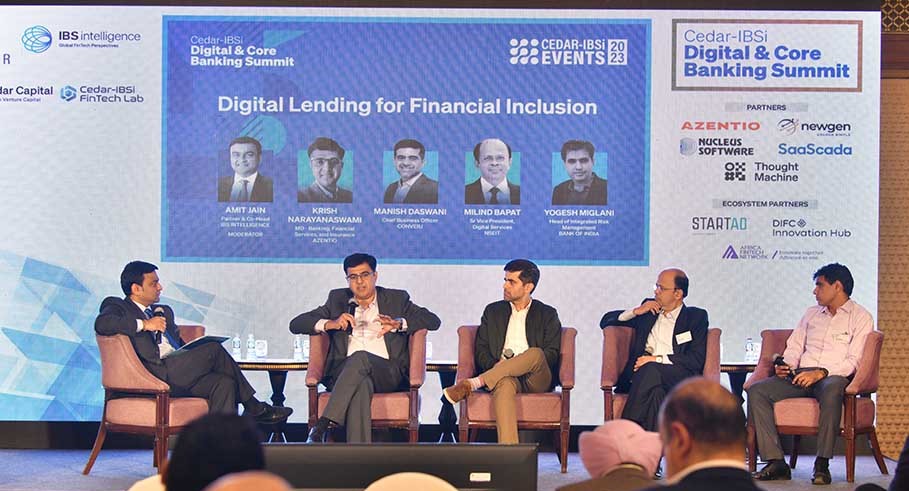
The future of digital lending systems appears promising as they strive to embody the principles of low cost, high volume, and scalability. A key avenue for growth lies in the synergy with digital public infrastructure, particularly in augmenting MSME lending.
With a cumulative investment of $1 billion since inception, the digital lending space in India is experiencing rapid growth at 25%. Despite this, only 10% of Indians have access to organized credit. Projections indicate that digital lending will surpass traditional methods for unsecured loans by 2030. Digital lending constitutes 10% of NBFCs’ loan portfolios and less than 2% for banks.
During the Cedar-IBSi Digital & Core Banking Summit, Amit Jain, Co-Head and Partner, IBS intelligence, moderated a panel discussion on ’Digital Lending for Financial Inclusion‘ that included leading industry experts Manish Daswani of Converj, Krish Narayanaswami of Azentio Software, Milind Bapat of NSEIT Ltd, and Yogesh Miglani of Bank of India.
Among the key factors that will drive financial inclusion in digital lending are:
- Collaborative Synergy of Banks and FinTechs in Digital Lending: In the MSME loan lifecycle, a transformative partnership unfolds between traditional banks, Non-Banking Financial Companies (NBFCs), and innovative FinTechs, spanning from acquisition to underwriting to collection. FinTechs, leveraging alternative data and automation, address key challenges such as risk underwriting—once a significant hurdle for banks and NBFCs—now streamlined and automated by forward-thinking FinTech companies. This collaborative approach dismantles longstanding barriers, ushering in a new era of efficiency and innovation in MSME financing.
- Evolution in the Indian MSME Loan Landscape: In the Indian context, there is a notable evolution in the MSME loan landscape as traditional banks, NBFCs, and innovative FinTechs are forging transformative partnerships.
- Holistic Collaboration from Acquisition to Collection: The collaborative landscape extends seamlessly from acquisition to underwriting to collection, marking a holistic approach in India’s MSME financing. This integration enhances the overall efficiency of the lending process.
- FinTechs Pioneering Change with Alternative Data: In India, FinTechs are at the forefront of change, leveraging alternative data and automation to actively address and overcome critical challenges within the MSME loan process, including a shift towards more inclusive and data-driven decision-making.
- Revolutionizing Risk Underwriting in the Indian Context: Forward-thinking FinTech companies in India play a crucial role in streamlining and automating risk underwriting, traditionally considered a significant hurdle for banks and NBFCs contributing to a more agile and responsive lending ecosystem.
- India’s Unique Collaborative Approach: The collaborative approach between traditional Banks, NBFCs, and FinTechs in India is not only breaking longstanding barriers but also ushering in a new era of efficiency and innovation in MSME financing tailored to the specific needs and dynamics of the Indian market.
- Strategic Collaboration for Technological Advancement: The success of digital lending platforms relies on financial institutions’ back-end strength, data storage capabilities, and risk management capacities. Collaborative efforts between banks and startups in developing robust due diligence systems enhance efficiency and foster innovation.
Looking ahead, the trends in Indian MSME lending point towards even deeper technology integration, increased reliance on alternative data sources for risk assessment, and a continued emphasis on collaborative efforts. The landscape will likely surge in innovative financial products and services, fostering greater financial inclusion for India’s diverse MSME sector.
“Education is at the core of successful digital lending, where users must comprehend the lending process. Simplicity is key to building a user experience that reaches a wide audience for financial inclusion. Trust, marked by transparency in loan information, is a fundamental feature. User interfaces must embrace language and culture through localization customizing for states and regions. Feedback mechanisms should be simplistic, promoting efficient user interaction. Moreover, training modules should be integral, empowering customers to navigate and utilize the platform effectively.” said Milind Bapat, Senior Vice President, Digital Services, NSEIT LTD.
As this trend unfolds, a strategic blend of technology, education, and collaborative partnerships is set to redefine the future of MSME lending, paving the way for inclusive financial growth and resilience.
IBSi Daily News Analysis

January 16, 2024
Cedar IBSi GFIA
Egypt among top remittance recipient countries in 2023: World Bank
Read MoreIBSi FinTech Journal
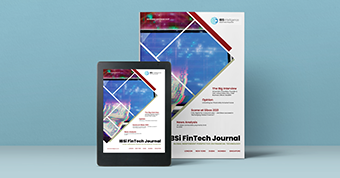
- Most trusted FinTech journal since 1991
- Digital monthly issue
- 60+ pages of research, analysis, interviews, opinions, and rankings
- Global coverage
Other Related News
Today
Surge in digital identity fraud is a major problem for financial services, research reveals
Read MoreRelated Reports
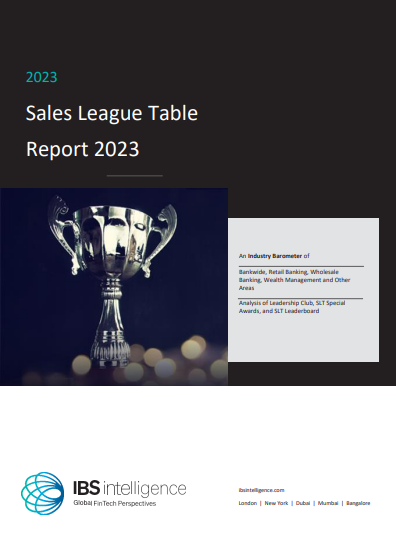
Sales League Table Report 2023
Know More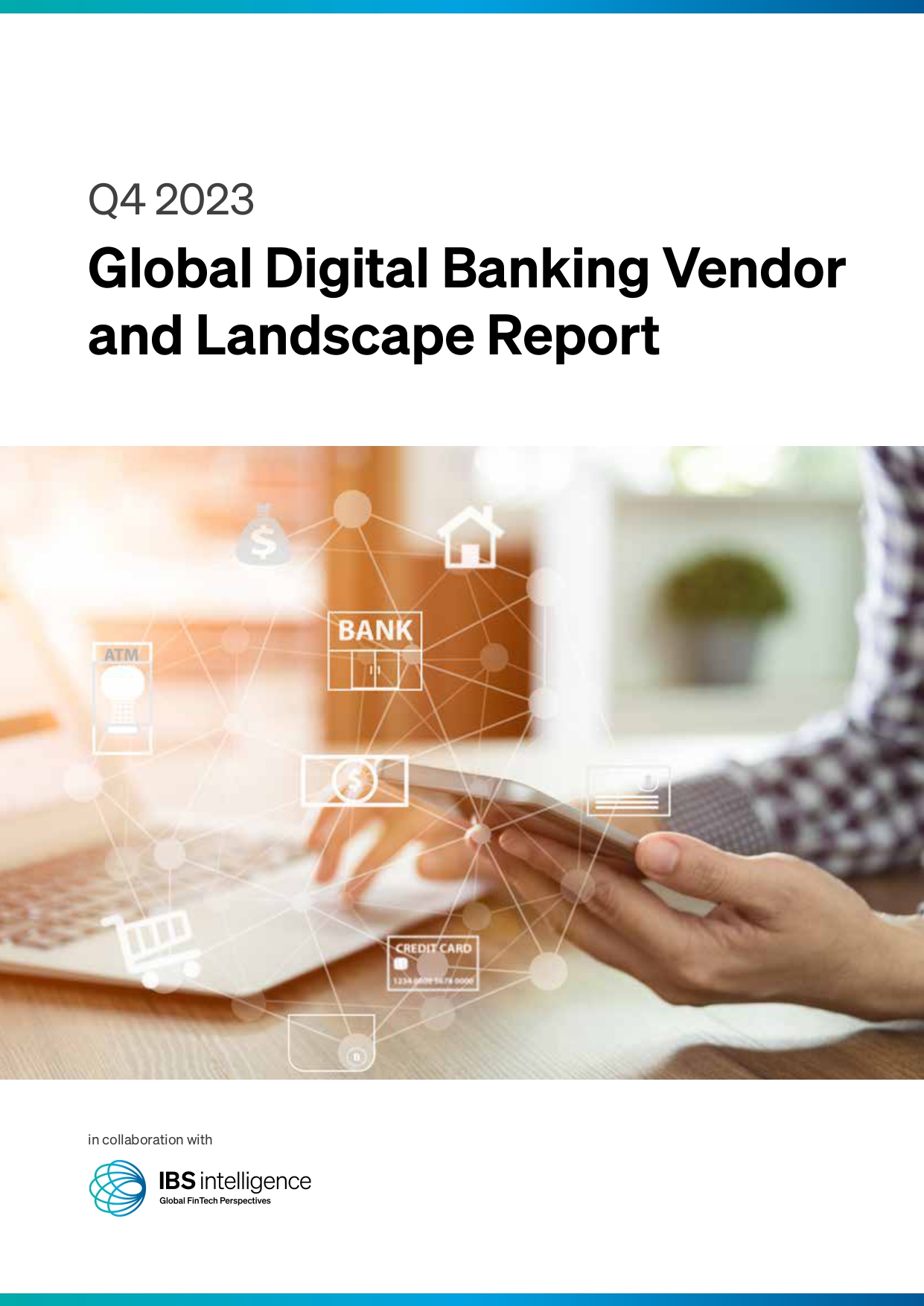
Global Digital Banking Vendor & Landscape Report Q4 2023
Know More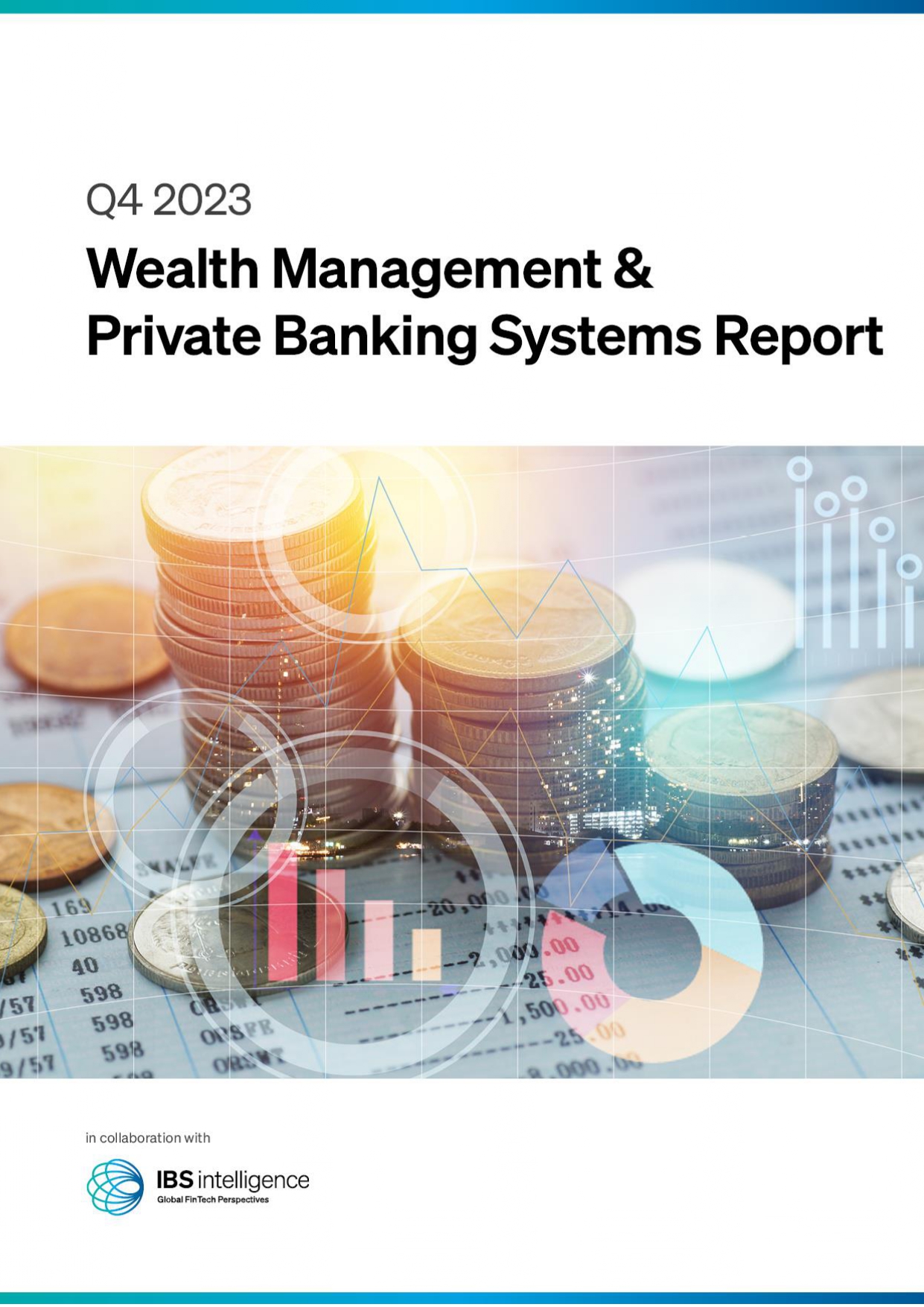
Wealth Management & Private Banking Systems Report Q4 2023
Know More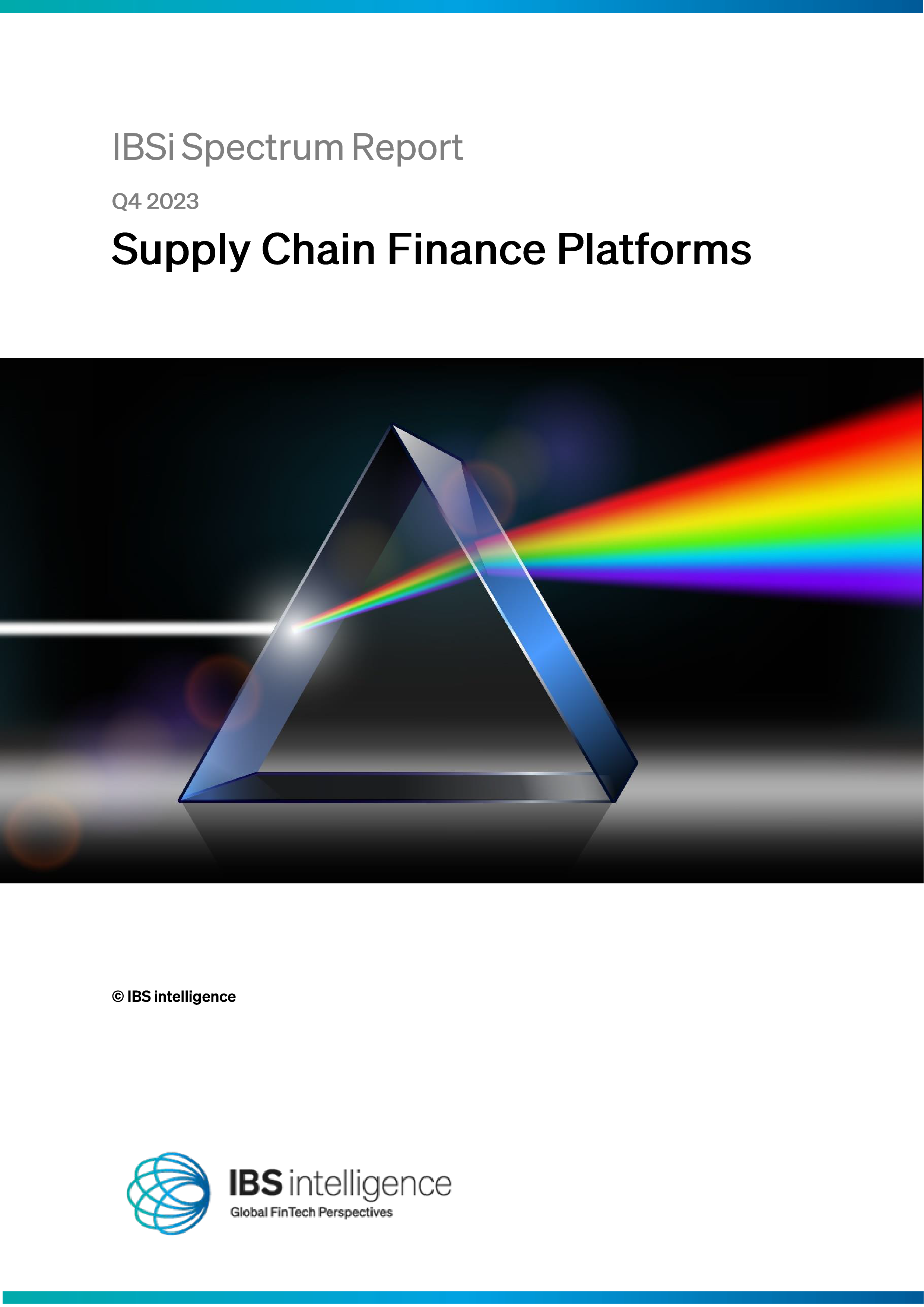
IBSi Spectrum Report: Supply Chain Finance Platforms Q4 2023
Know More





